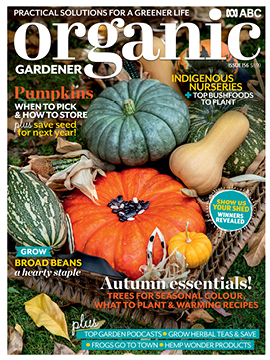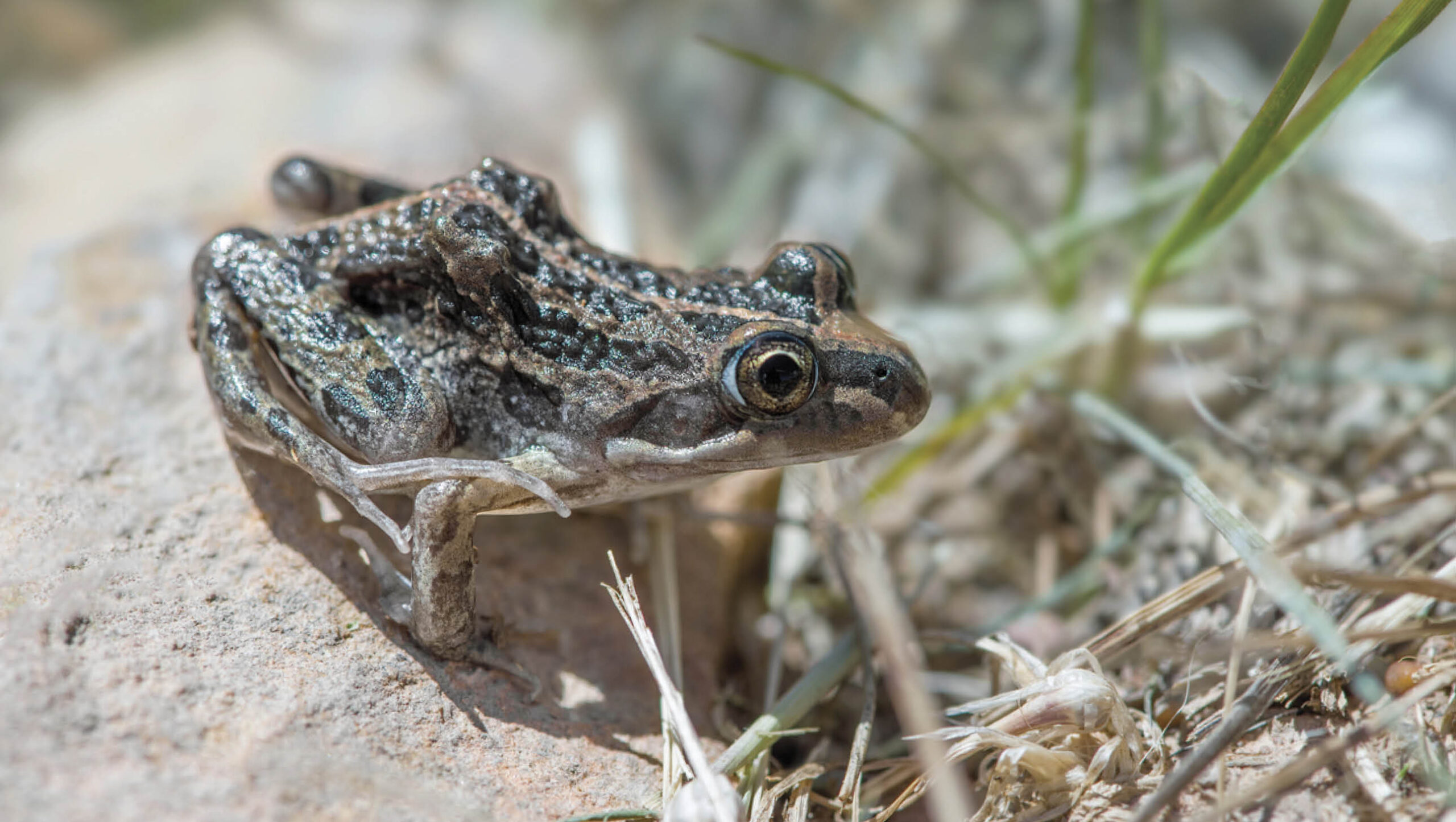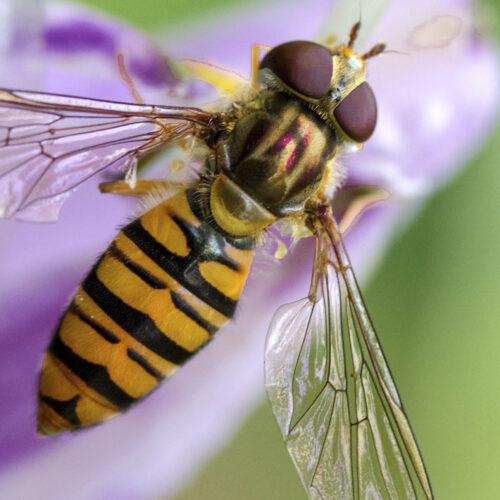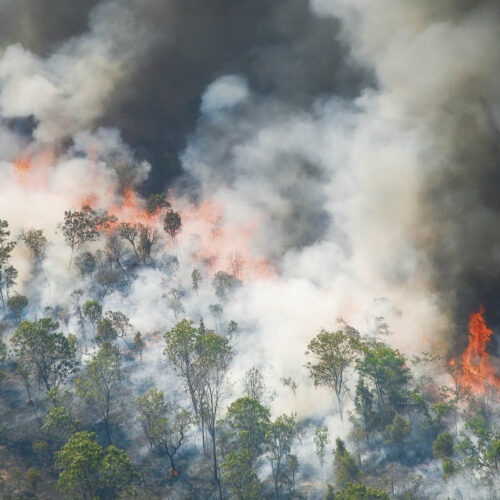Frogs in the city
2025-04-02T17:07:41+11:00
Frogs in urban areas face many challenges, so much so that we need to help them if they are to continue supporting local habitats.
Frogs can bring life and balance to natural systems – even in urban areas. But there are many challenges that pose a risk to their survival.
Threats to frogs
- Clearing of native vegetation and deep litter around waterways diminishes wildlife corridors and frog habitat.
- Slow moving water is discouraged in urban settings, whereas frogs need still sections of water with reeds to spawn.
- Frogs are sensitive to pollutants in urban waterways, including litter, sediment and chemicals, so projects that filter pollutants help frogs survive.
- The chytrid fungus is an increasing problem for frogs in Australia and internationally. The fungus causes skin to peel off, affecting breathing and drinking through skin, eventually killing them. Muddy boots and tyres can spread the fungus.
- Cane toads compete with frogs for habitat and food and predate on them.
- Pest fish, such as European carp, reduce water quality and eat tadpoles. Choose native fish species for frog ponds.
- Touching frogs with bare hands can harm them.
- Climate change is altering temperature and water levels, affecting frogs adversely.
- Cats and dogs scare and kill frogs, as do vehicles.
Plants for frogs
Add these plants to encourage frogs in your backyard.
- Around ponds and frog bogs, plant mat rushes, native gingers, tussock grasses, slender knotweed (Persicaria decipiens) and clubby rush (Ficinia nodosa).
- Water plants include water ribbons, nardoo, milfoil, swamp lily (Ottelia ovalifolia) and swamp goodenia (Goodenia humilis).
Build a pond
If you have the space and time, you can also look at creating a frog pond with deep and boggy areas. Different habitats benefit different frogs. Ground frogs like dense foliage to live in and open water for tadpoles, but tree frogs like, well, trees to climb. Combine these so you have multiple habitats. Head to this story by Penny Woodward for more tips on how to build your own frog pond.
For more information about how we can help frogs in urban environments, get a copy of our Autumn 2025 issue (OG 156), available here.







